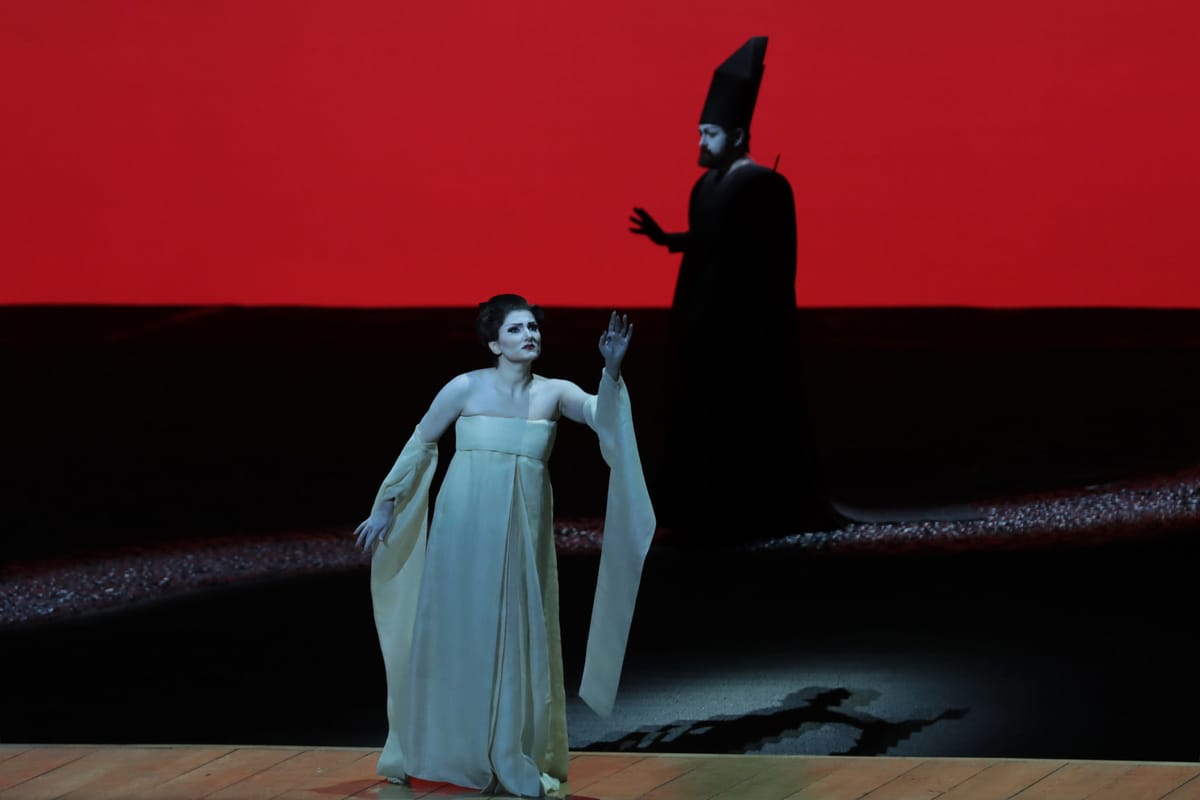Madama Butterfly: Puccini’s Tale of Love, Loss, and Redemptio

Madama Butterfly, an opera in two acts by Giacomo Puccini to a libretto by Giuseppe Giacosa and Luigi Illica, after David Belasco’s play, was first performed at the Teatro alla Scala, Milan, on 17th February 1904. A revised version, comprising three acts, was presented at the Teatro Grande in Brescia shortly afterwards on 28th May.
The opera, described as ‘A Japanese Tragedy’, is Puccini’s most heart-rending composition. In none of his other works is his sense of pain and pity so morbidly acute. Butterfly herself is the most appealing of his heroines; and watching the succession of her disasters and humiliations is like watching the desperate helplessness of an imprisoned bird or a child under torture. Butterfly’s grief and the power of her love lend her a certain majesty; and when at the last she picks up the knife and reads its motto “Death with honour is better than life with dishonour”— it is felt that no fate less than death could fittingly end her love story.
It is astonishing to note that what has since become one of the world’s best-loved operas was, at its first performance at La Scala, a complete fiasco. Opposition started in the first act owing to a chance resemblance to something in La bohème. Puccini took one curtain call at the end of the first act and was hissed at. The opera ran for one night only. The next day, Puccini refunded the money the management had paid him and went away to revise the score. He cut a short episode from the first act which held up the action during the wedding party; he divided the second act into two parts and wrote some more music for Pinkerton in the last scene. The revised work was produced three months later at Brescia and began its career of success.
Madama Butterfly is very much a one character opera; after her first entrance, Butterfly is never off the stage except for a few seconds when she goes to bring the child to Sharpless and a few minutes in the last scene when she takes the child into the bedroom. The dissatisfaction of the audience may be due to the fact that the leading tenor part is unusually short and Pinkerton doesn’t have a single big aria all to himself.
In none of his other full-length operas did Puccini allow the work’s full weight to rest on one character’s shoulders. Pinkerton’s aria in the last act was an afterthought, added by the composer when he realised that without it, no leading singer would accept the part.
Butterfly personifies the conflict of two civilisations, the contrast between ancient tradition and the inevitable modernisation. Though Puccini went on to write other successful operas, the initial failure of Madama Butterflyclearly left its mark on him. Written during a period of domestic strife, which was to grow tragically worse, and partly during a painful convalescence, it is the most tragic of Puccini’s works.
A classic recording with Beniamino Gigli and Toti Dal Monte, which is a part of the Stuart-Liff Collection, offers a true interpretation of the roles in the opera.
By Jimmy Bilimoria. This piece was originally published by the National Centre for the Performing Arts, Mumbai, in the December 2023 issue of ON Stage – their monthly arts magazine.





